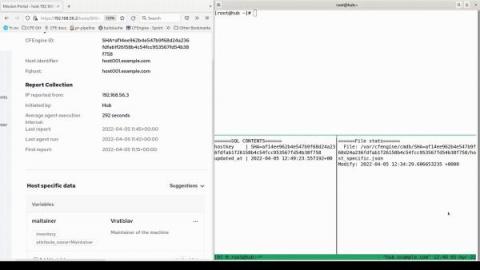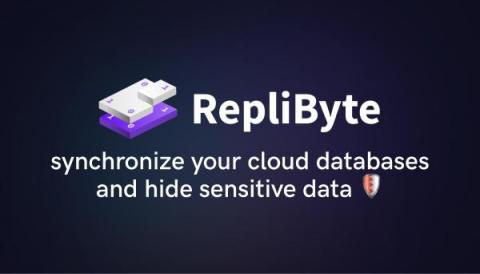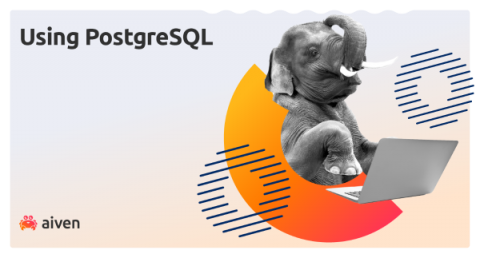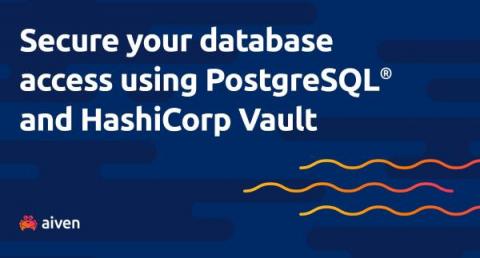Operations | Monitoring | ITSM | DevOps | Cloud
Databases
The latest News and Information on Databases and related technologies.
Synchronize data between PostgreSQL and files
Databases are great for data processing and storage. However, in many cases it is better or easier to work with data in files on a file system, some tools even cannot access the data in any other way. When a database (DB) is created in a database management system (DBMS) using a file system as its data storage, it of course uses files on the given file system to store the data.
How Can Tech Advancements Help Businesses Operate Their Databases More Efficiently?
Announcement: RepliByte - an open-source tool to synchronize your cloud databases and hide sensitive data
What is PostgreSQL?
(Postgre)SQL concepts and terms
Use cases for PostgreSQL
Secure your database access with HashiCorp Vault
Trigger arbitrary code from PostgreSQL
In this blog post we show how it is possible to run an arbitrary program, script, or execute arbitrary code in reaction to changes and generally events in a PostgreSQL database.
6 Common DynamoDB Issues
DynamoDB, the primary NoSQL database service offered by AWS, is a versatile tool. It’s fast, scales without much effort, and best of all, it’s billed on-demand! These things make DynamoDB the first choice when a datastore is needed for a new project. But as with all technology, it’s not all roses. You can feel a little lost if you’re coming from years of working with relational databases. You’re SQL and normalization know-how doesn’t bring you much gain.











